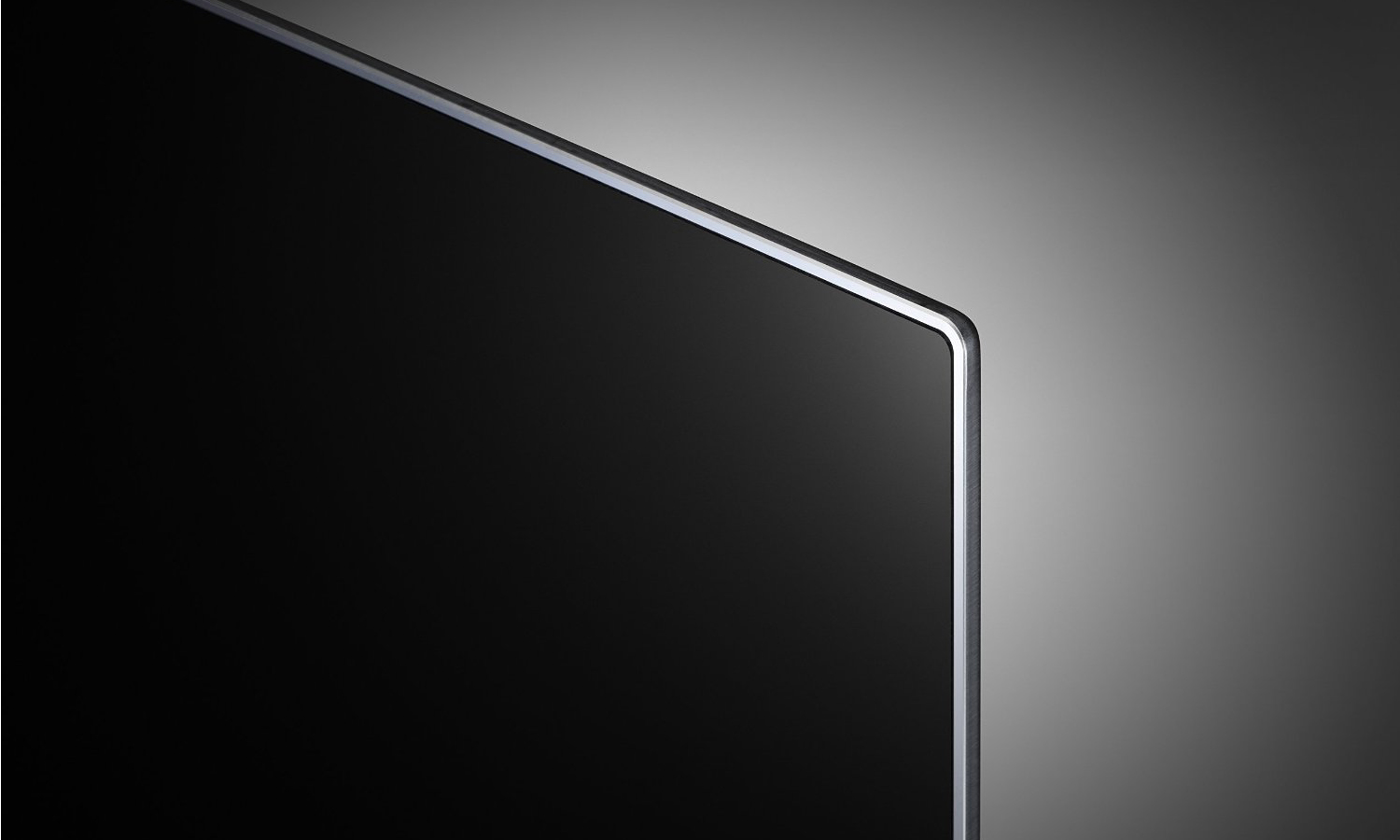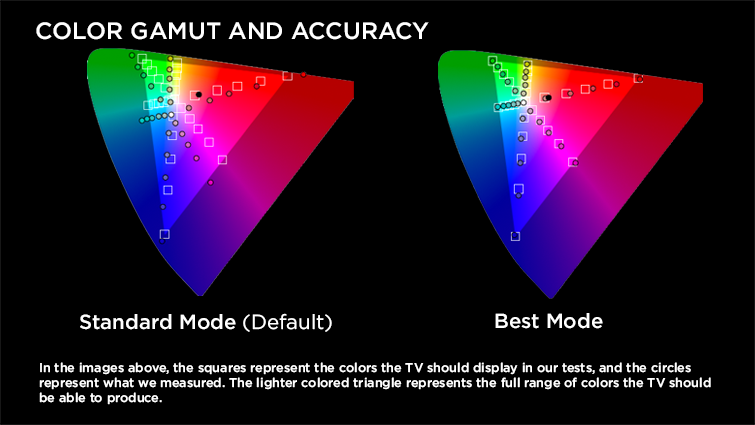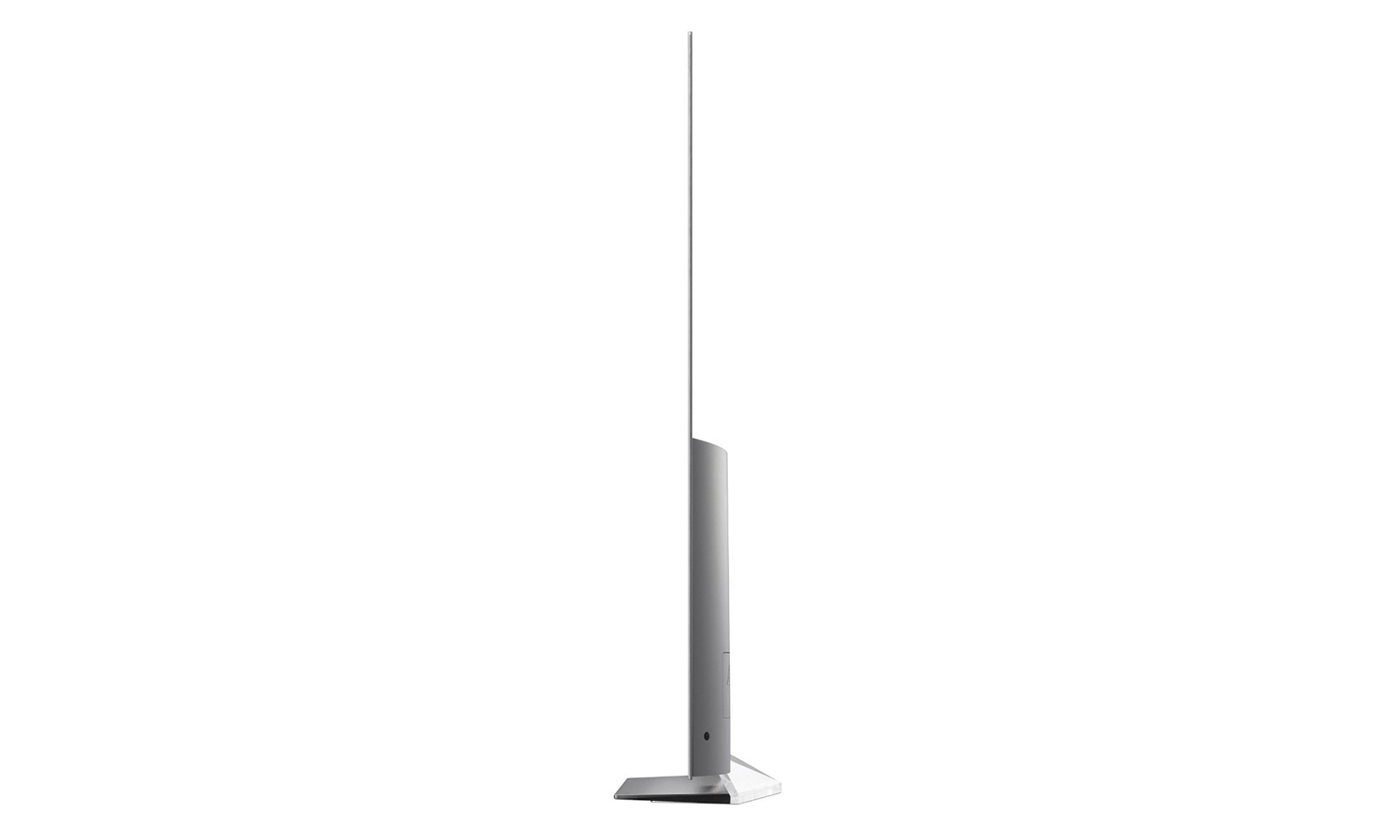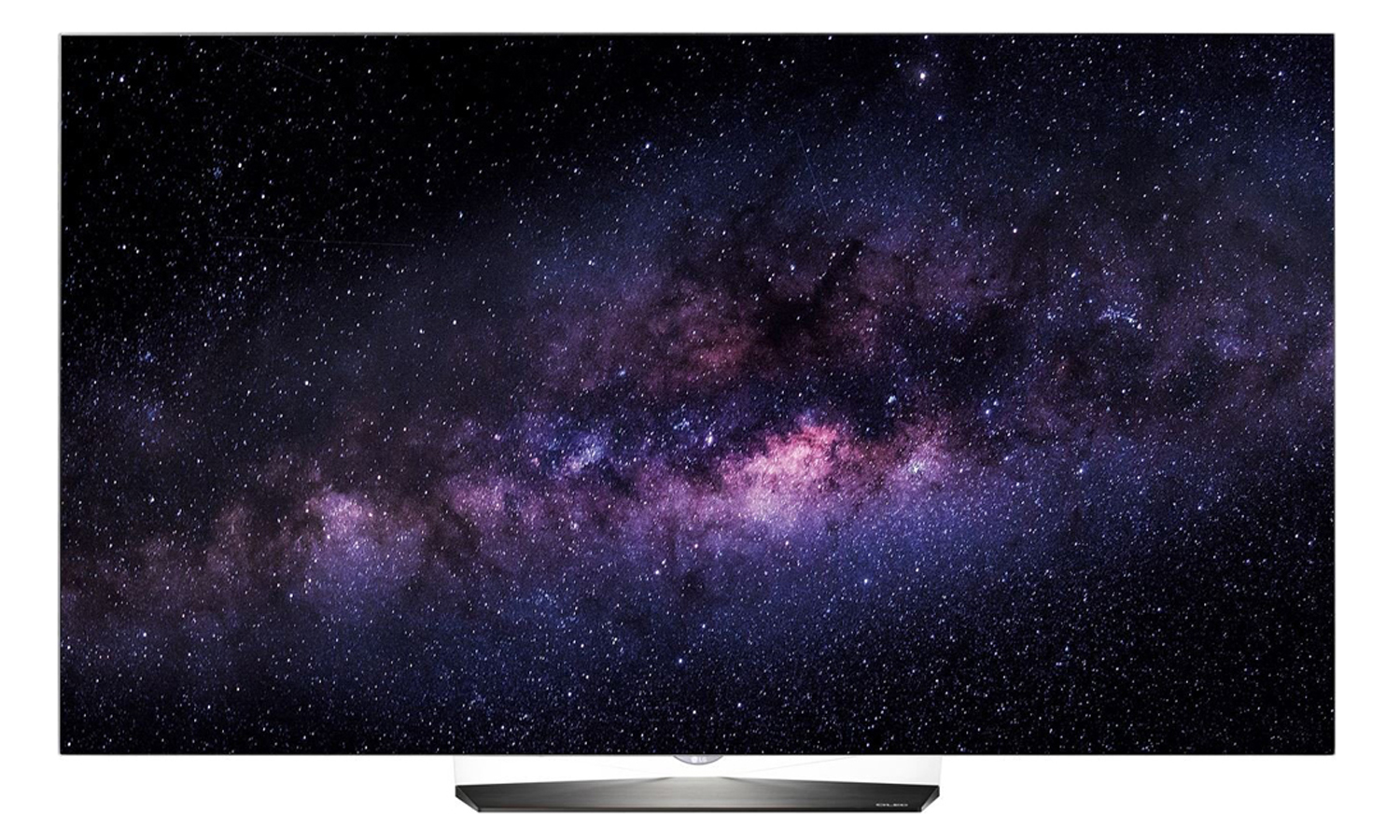Tom's Guide Verdict
For those who want the best 4K HDR TV available — but have to keep their spending down to a dull roar — the LG B6 delivers a jaw-dropping picture.
Pros
- +
Exceptional picture quality
- +
The blackest blacks
- +
Great off-axis viewing
Cons
- -
No 3D support
- -
Still pricey
Why you can trust Tom's Guide
It may sound like an oxymoron to call a $2,500 TV a bargain, but when compared to previous OLED models that cost thousands more, LG's 55-inch B6 is a relative steal — especially for what is in many ways the best 4K picture available.
The 55-inch LG B6 is the company's third-from-the-top OLED (organic light-emitting diode) display. OLEDs offer several benefits over LCD sets, yielding deep blacks, staggering sharpness and excellent viewing angles. The LG B6 boasts all these advantages and more. It supports not one, but several high dynamic range (HDR) formats: standard HDR10 video, Ultra HD Premium and Dolby Vision. So why does this set cost $1,000 less than the comparable LG E6? It doesn't support 3D (no great loss), doesn't boast the eye-catching picture-on-glass design, doesn't have the new designer remote control and lacks the rich sound of the more expensive model. Can you live with those compromises? We can.
Design: Floating worlds
LG has given the B6 a Zen-like design flourish (something adopted from the earlier EF9500 model) to make it appear as if the set is floating above a tabletop. That's thanks to a single, wide pedestal made out of transparent Plexiglas. Together with a very narrow black bezel that's nearly invisible, the cumulative effect is to draw your attention more toward the screen itself than what's around it.
The panel is also thinner than the one on the more expensive E6 model; it's just 1.9 inches thin. But the LG B6 still has all the necessary connections for a home-theater setup, including four HDMI jacks, an Ethernet port and built-in Wi-Fi.
MORE: Our Favorite 4K (Ultra HD) TVs Available Now
Performance: Crystal clear
It is almost impossible to dislike the LG B6's picture. Some may point out that in terms of maximum brightness, OLEDs are not as bright as LCD sets, but the brightness range from total black to peak illumination blows away LCDs, which simply cannot get down to true black. And while there have been quibbles about color in the past, LG's latest OLED phosphors seem to have addressed the issue, turning in respectable color-accuracy charts in our tests.

Supposedly, this panel should be identical to the E6, but our tests showed there was less drift toward cooler blues on the LG B6 than the E6 set, although this could be chocked up to differences in the manufacturing process or samples (the B6 is not a "picture-on-glass" design).

Watching 4K HDR programs on the LG B6 is a genuine pleasure. Whites, for example, look blisteringly clean compared to pictures on other sets such as Samsung's KS9000, which can make some white objects look jaundiced by comparison. The LG B6's ability to show bright highlights also makes for darkness-cutting flashlights in The Martian and even reveals how some costumes have different white materials sown into the fabric.

A related advantage is that because OLEDs can turn individual pixels on or off, there's almost no light leakage that might bleed from, say, a spotlight into the surrounding darkness in an image. It means that an astronaut spinning in space or a shot of the space shuttle against a black background did not produce any artificial halo effects; no LCD is able to manage this without some light seeping out.
While the LG E6 and B6 models are supposedly the same, I did notice some differences, particularly in upscaling HD content. The E6 (which costs about $1,000 more) didn't appear to have any trouble making the conversion, but I did witness some very minor glitches with the B6 display even in the same Cinema mode. In scenes with very rapid motion, such as the opening chase scene in Skyfall, the LG B6 had some trouble keeping up. So there was the occasional drop out, such as a slight flicker of the motorcycle-riding villain's head. However, to most viewers, this would be imperceptible.
Audio: Loud enough
The floating design of the LG B6 means it doesn't benefit from the panel-wide sound system tucked underneath the screen that the E6 enjoys. But there's still plenty of volume, certainly enough to fill the average suburban living room. In its preset Cinema Sound mode, the LG B6's audio is nicely balanced and precise enough to allow you hear the string section in the background of a sound track.

While it doesn't let any single aspect of the sound dominate (no piercing highs or overblown explosions), switching the audio to Music mode gives you much less presence and almost sounds muffled. My advice: leave it in Cinema mode.
MORE: Your Guide to Cable TV Cord-Cutting
Interface: Cute and crisp
Swift and attractive, LG's unique smart-TV interface — webOS — has been steadily improving with each iteration. Dominated by a series of brightly colored tabs along the bottom of the screen, the webOS includes support for the major streaming services, such as Netflix, Amazon and Vudu, but it doesn't have the broad support that the others like Android TV and Roku TV enjoy. There are no HBO, Showtime or PBS apps, for example, and the pickings in the app store are slim.
Watching 4K HDR programs on the LG B6 is a genuine pleasure.
The LG B6 comes with the standard "Magic" remote control rather than the newer, bigger controller that accompanies the more expensive E6 set. The magic part of the remote is that it behaves like a wireless mouse, letting you direct the on-screen cursor across menus by waving the remote in the air. The controller is still simple and sweet, with a four-way directional pad with a clickable scroll-wheel that sits nicely under the user's thumb. Also included is a mic button for voice searches, which are about average in terms of accuracy compared to the competition.
Bottom Line
If you can afford — and are willing — to spend $2,500 on a TV, the LG B6 OLED is a great investment, especially since it supports all the current HDR formats. Admittedly, the more expensive LG E6 OLED looks just slightly better in a handful of scenes, but you'd have to study the images to see the difference, and for the most part, those infinitesimal advantages will disappear when you sit more than a few feet away. For OLED buyers, unless you really want 3D support or appreciate the better audio, save $1,000 and choose the LG B6.
John R. Quain has been reviewing and testing video and audio equipment for more than 20 years. For Tom's Guide, he has reviewed televisions, HDTV antennas, electric bikes, electric cars, as well as other outdoor equipment. He is currently a contributor to The New York Times and the CBS News television program.


